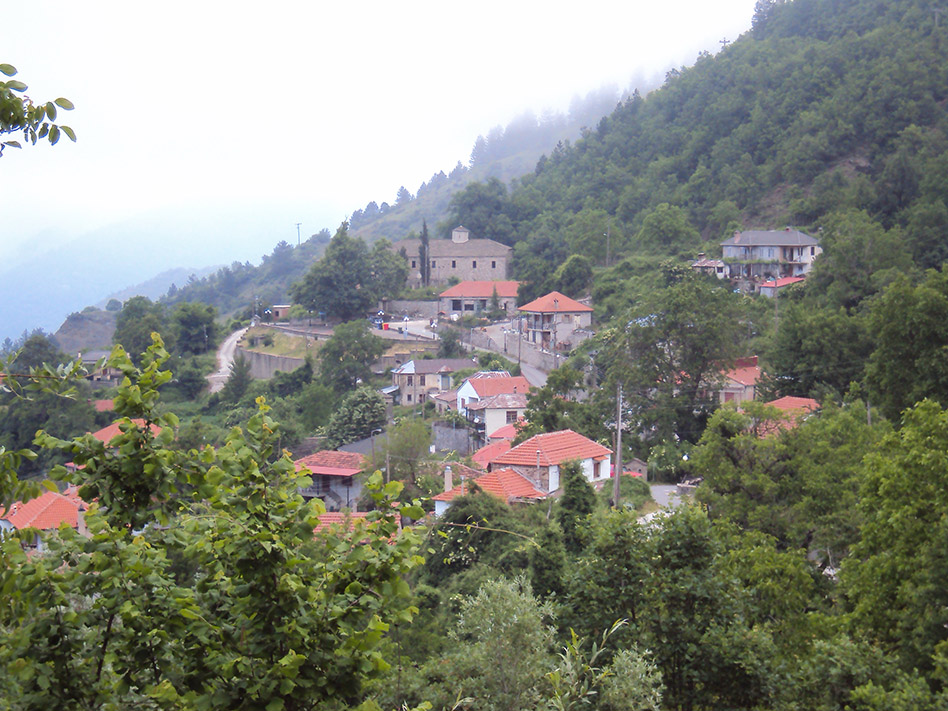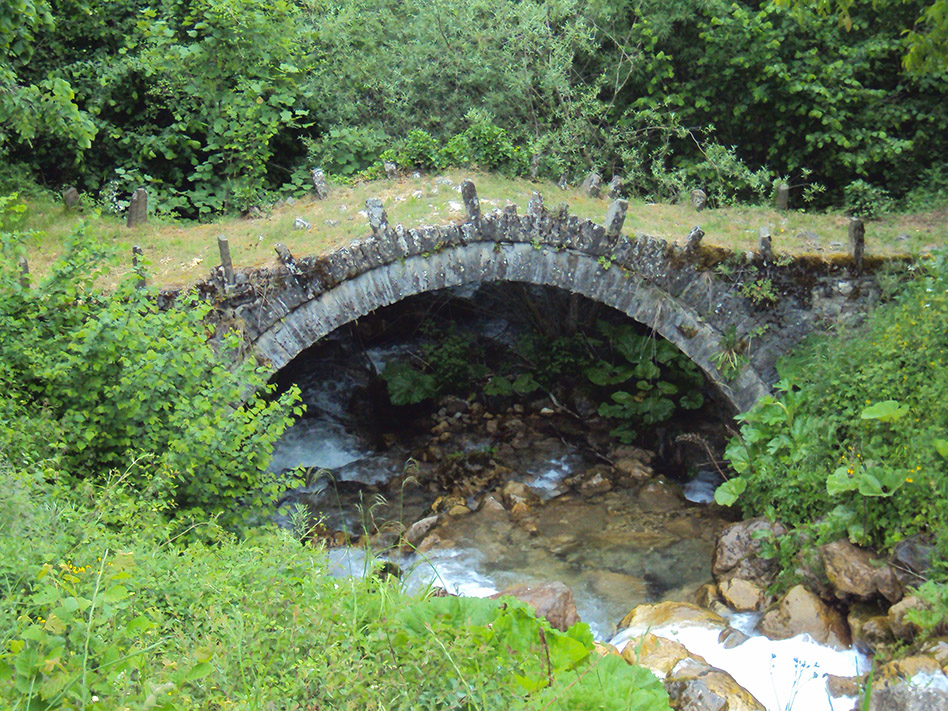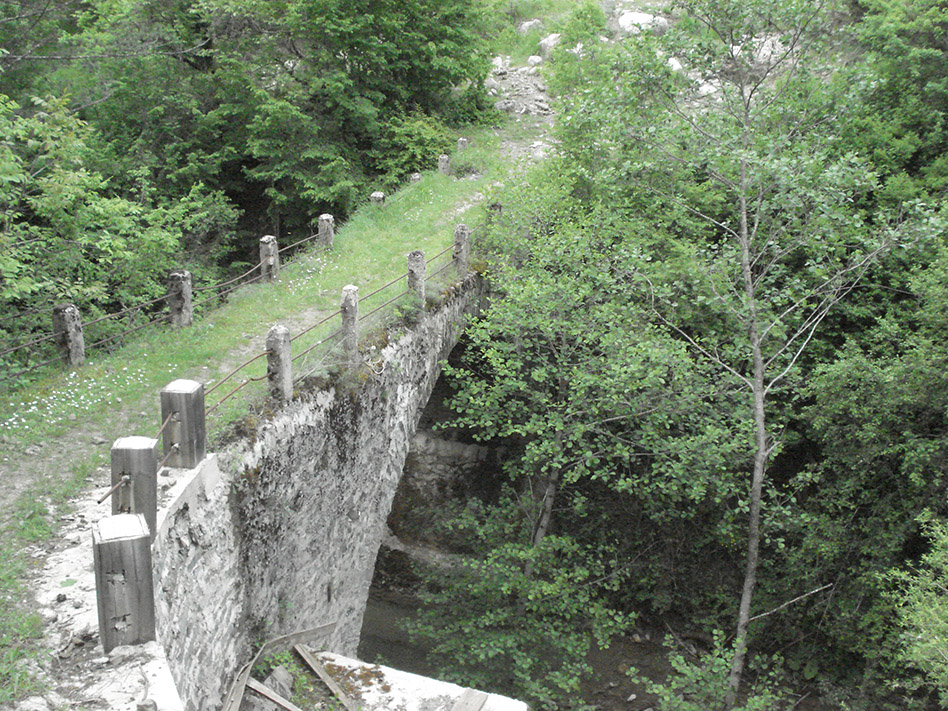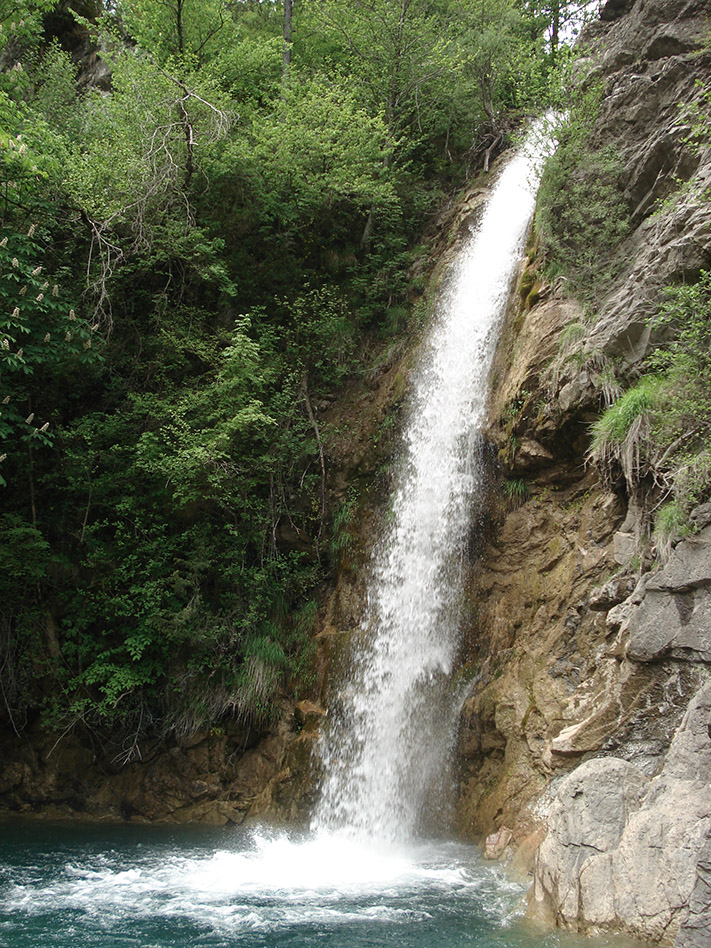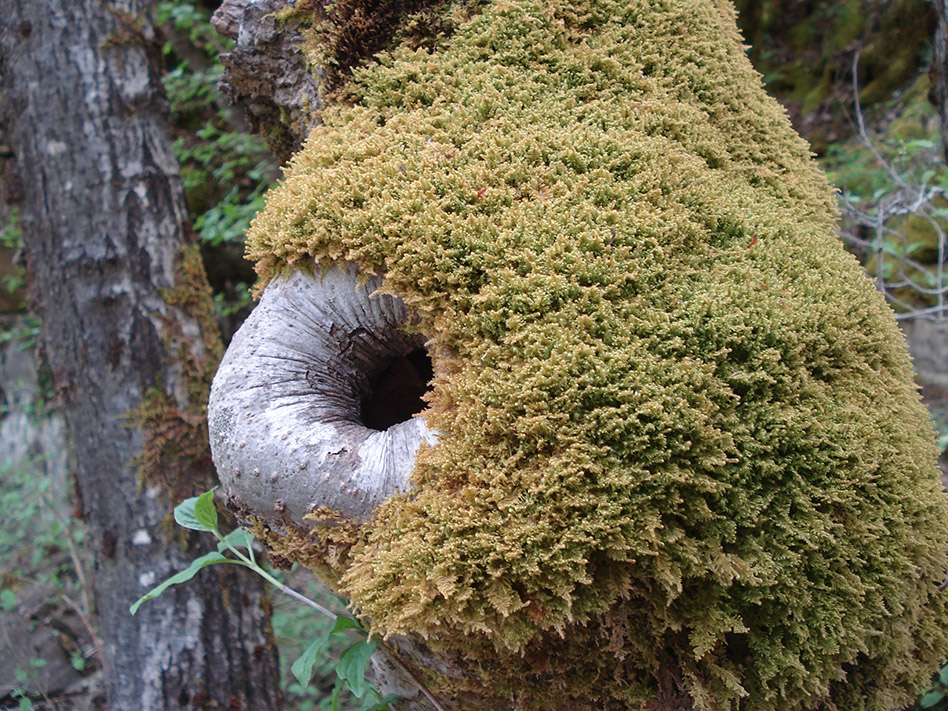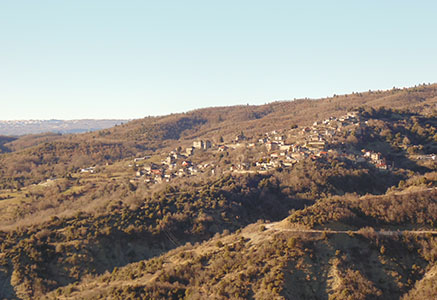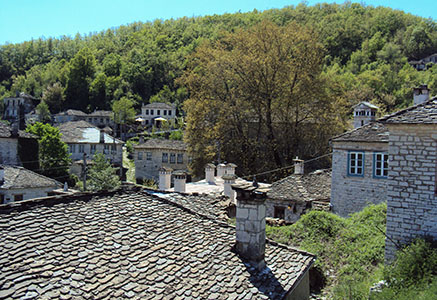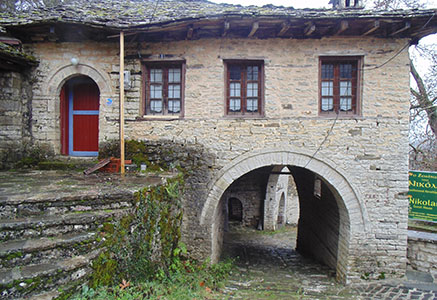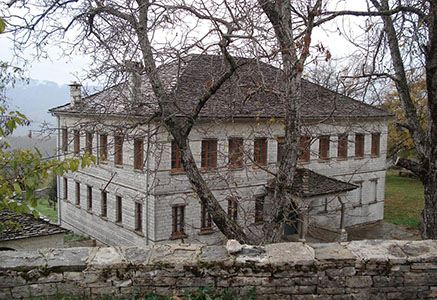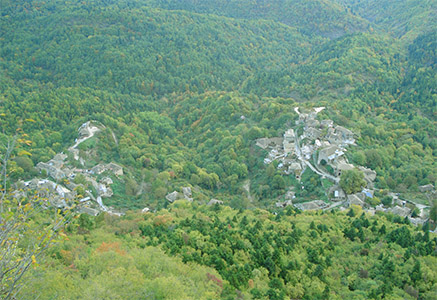Project Description
Dobrinovo is located about 70 kilometers northeast of Ioannina, on the slopes of Mount Tymfi, at an altitude of about 900 meters, within a green scenery. When exactly our village was built, it can not be determined.
Findings and oral testimony appear to delimit the creation of the union of many small settlements that existed in the area.
The surrounding locations of “Rasianes”, “Lipochori”, “Koukouroundzou”, “Souri” and many other areas, were originally the places that were first inhabited.
It can not be ascertained when this happened, although the finds in the area date back in the pre-Hellenic times, as evidenced by the remains of the Pelasgian buildings at Rasiania.
For various reasons (eg because of the lack of drinking water in some places) the inhabitants of these areas gradually settled in the current location of the village.
We know, however, that in the middle of the 14th century, the monastery of Saint Mary was built in our village by Cretan monks.
In 1431, as the teacher Nikolaos Exarchos from Vrisochori mentions in his book “The Dobinovo”, the Turkish records reveal that our village was inhabited by 1180 people.
In 1943 the Germans burnt down the village.
During the interwar period in the village, the situation becomes very difficult and many villagers immigrated.
The population of village begins to decrease resulting, in 1940, with only 132 inhabitants.
In 1927, the name of the village was changed.
Dobrinovo was renamed as Heliochori.
The upcoming Second World War and the German occupation make the life in the village even more difficult.
On 18 October 1943 the Germans burned all the villages of our region and of course Heliochori was not an exclusion.
The huge disaster for the village, however, is not only economic. According to testimonies, there was a collection of great historical material in the community and in private homes, that unfortunately it could not be saved. Documents, religious and historical heirlooms of centuries were destroyed in a day from the Nazi atrocities
The civil war that followed, worsened the situation even more.
Many inhabitants of the village left from home as political refugees.



